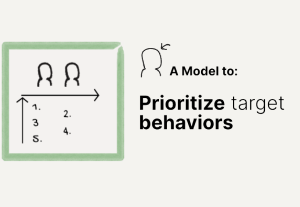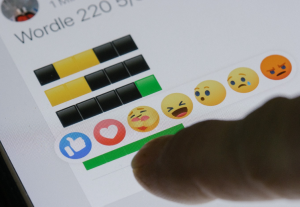- Customer Experience, Design, Design Theory, Usability, UX Education, UX Magazine
When scaling a design system, it’s necessary to consider the goals of your system, architect it for scaling, and strategically determine when and how you want to grow. Read the guide for your system scaling.
Article by Tony Walt
Scaling Your Design System
- It’s important to think about what direction in which you take the system in order to get the most value from it.
- Tony Walt, Senior Director leading Spectrum’s Design System, shares his perspective on scaling a design system:
- Work smarter, nor harder — plan what kind of system you want to build and determine how to best get there in a sustainable way.
- Flexibility of The System — look at a spectrum of flexibility from opinionated to loose.
- Shaping Your System — there are two primary ways in which your system can grow, it can get wider by adding more consumers or deeper by adding more to the system.
- Planning for Support — focus on self-service support, determine how to prioritize your support load, and track your unplanned work.
- It’s necessary to consider the goals of your system, architect it for scaling, and strategically determine when and how you want to grow.
Share:Scaling Your Design System
Share this link
- April 19, 2022
9 min read







